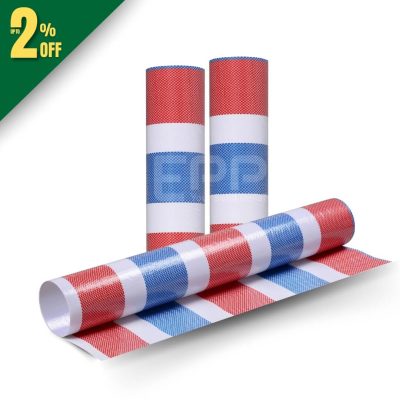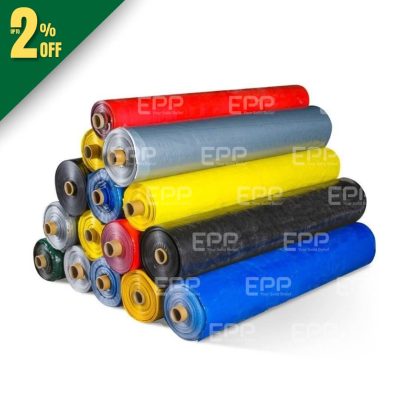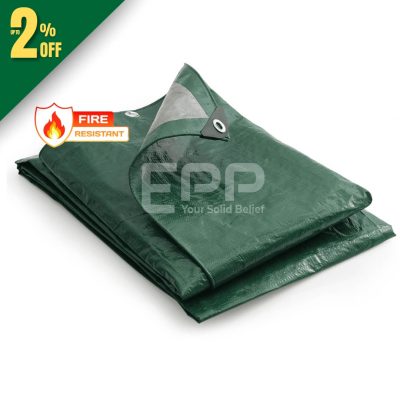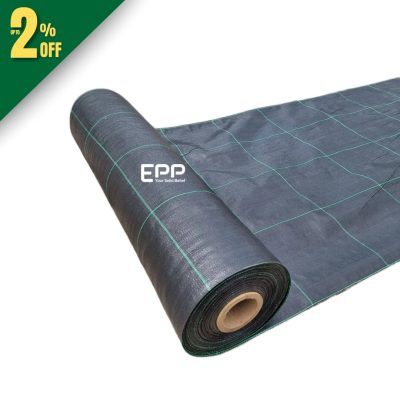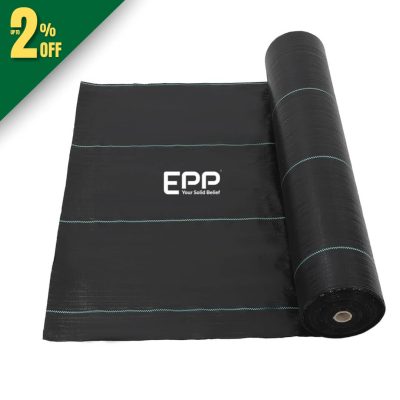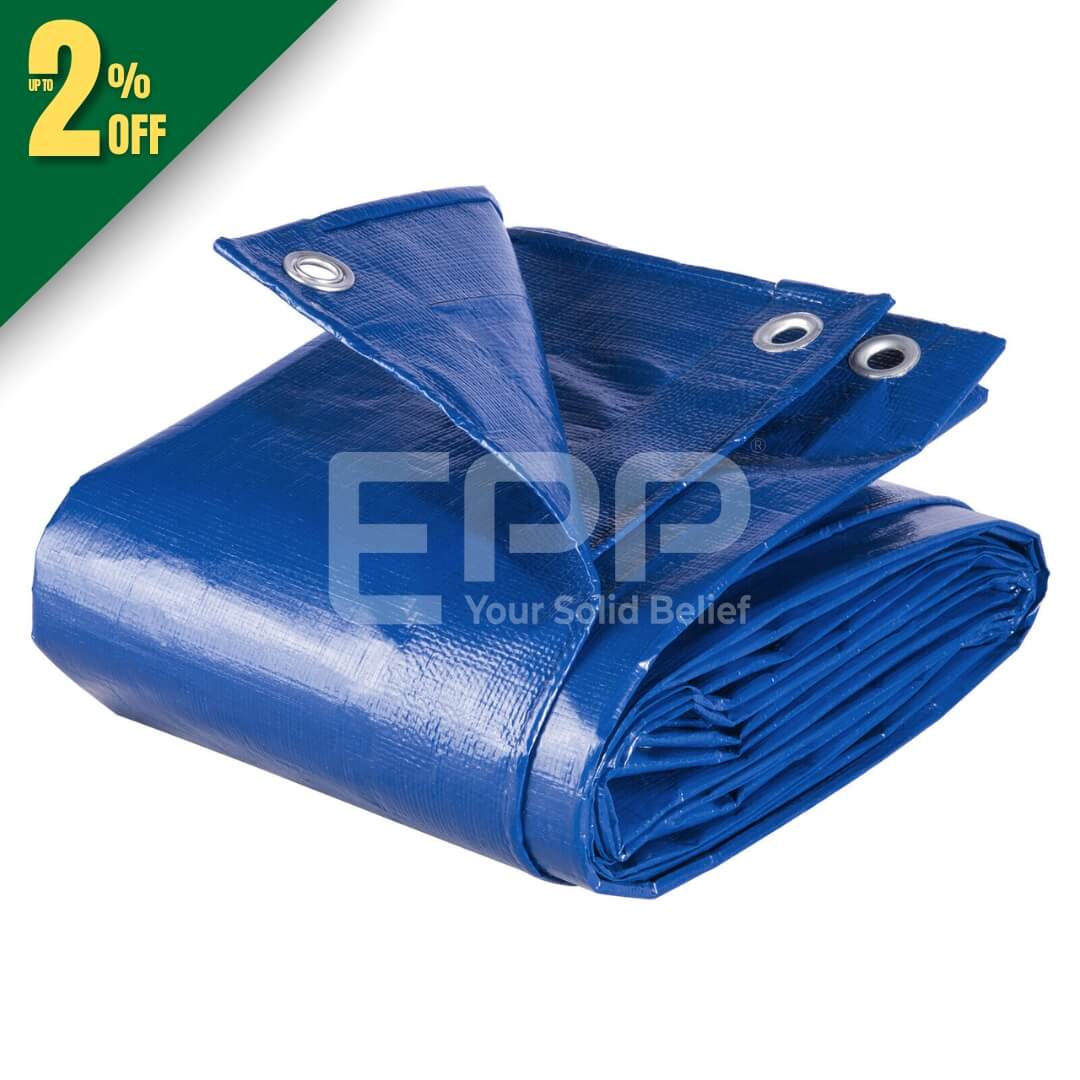


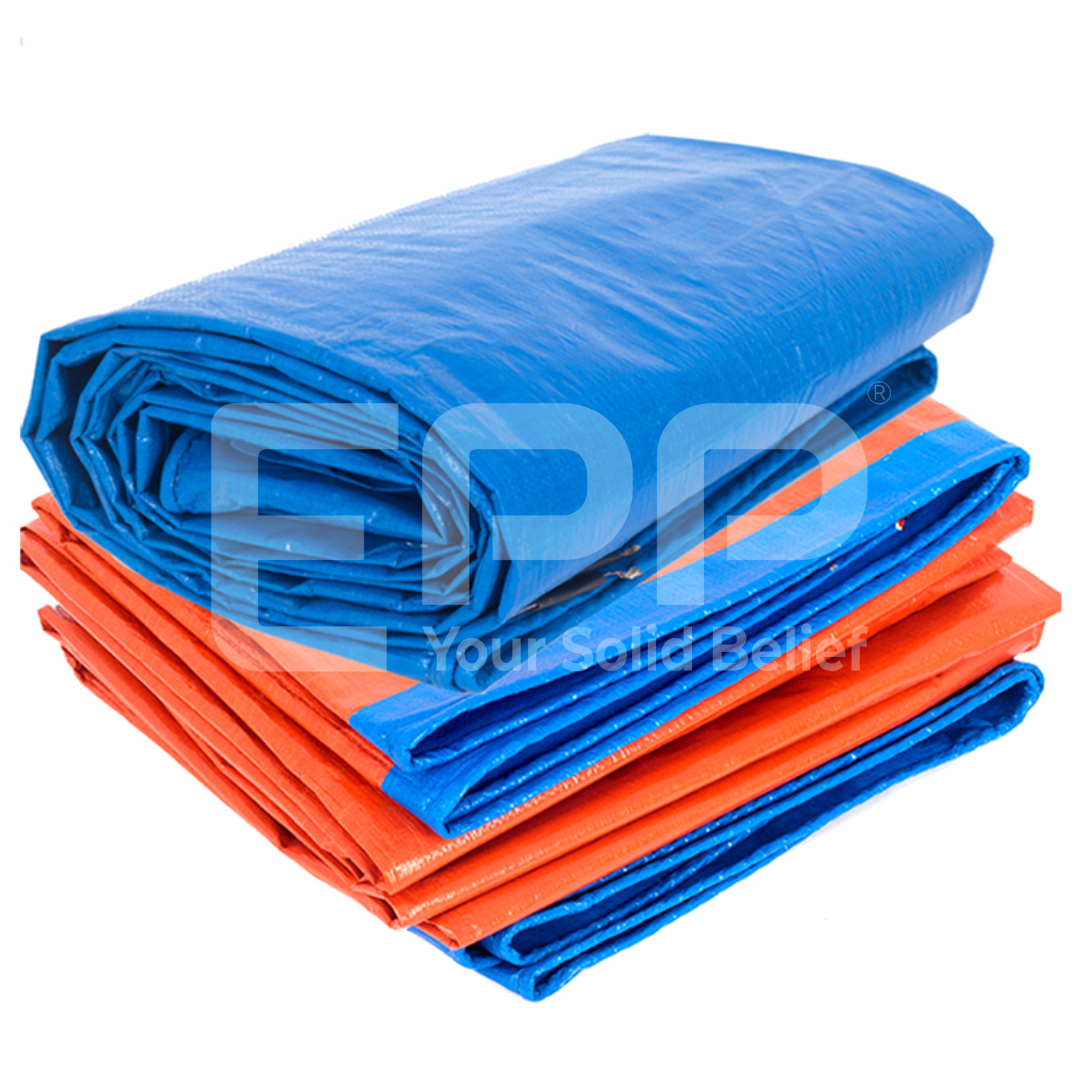


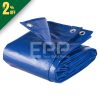
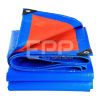
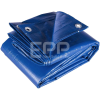
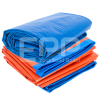
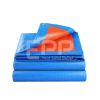
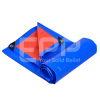
High-quality PE heavy-duty tarps are treated with UV inhibitors to resist degradation from prolonged sun exposure. This is essential for outdoor use, preventing the tarp from becoming brittle and cracking.
Tarps are unsung heroes of protection. From covering construction materials to shielding your boat from the elements, a reliable heavy-duty tarp is an invaluable asset. But with so many options available, how do you choose the right one? This comprehensive guide focuses on PE heavy-duty tarps, exploring their benefits, uses, proper care, and addressing common concerns. We’ll delve into the details, helping you make an informed decision and get the most out of your investment. Whether you’re a contractor, a homeowner, a farmer, or an outdoor enthusiast, this guide is for you.
What are PE Heavy-Duty Tarps and Why Choose Them?
PE heavy-duty tarps, made from woven polyethylene fabric, offer a unique combination of strength, durability, and affordability. They are a popular choice for a wide range of applications due to their superior performance compared to traditional canvas or vinyl tarps.
| Weight | 80 – 300g/sqm |
| Yarn Count | 750D – 1000D |
| Material | Polyethylene |
| Color | As Requested |
| Feature | Water Resistant, Wind Proof, Anti-UV |
| Use | Construction, Transportation, Industrial Applications, etc |
| Technics | Woven |
| Supply Type | Make to Order |
| Place of Origin | Viet Nam |
What is Polyethylene (PE)?
Polyethylene is a type of thermoplastic polymer, meaning it becomes pliable when heated and hardens upon cooling. This makes it incredibly versatile for manufacturing. In the context of tarps, PE is used to create a strong, woven fabric that is then often coated with additional layers of PE for enhanced protection.
Key Features and Benefits of PE Heavy-Duty Tarps:
* Waterproof: PE tarps are inherently waterproof, providing excellent protection against rain, snow, and moisture. This is crucial for preventing water damage to equipment, materials, and belongings.
* UV Resistant: High-quality PE heavy-duty tarps are treated with UV inhibitors to resist degradation from prolonged sun exposure. This is essential for outdoor use, preventing the tarp from becoming brittle and cracking. (We’ll discuss UV testing in detail in the FAQs).
* Tear-Resistant: The woven construction of PE fabric provides excellent tear resistance. This means the tarp can withstand significant stress and strain without ripping, making it ideal for demanding applications.
* Rot and Mildew Resistant: Unlike canvas tarps, PE tarps are resistant to rot and mildew. This makes them suitable for use in damp or humid environments.
* Lightweight: Despite their strength, PE heavy-duty tarps are relatively lightweight, making them easy to handle, transport, and install.
* Flexible: PE tarps remain flexible even in cold temperatures, unlike some other materials that can become stiff and difficult to work with.
* Affordable: Compared to other heavy-duty tarp materials like canvas or PVC, PE tarps are generally more affordable, offering excellent value for money.
* Variety of Sizes and Thicknesses: PE tarps are available in a wide range of sizes and thicknesses (measured in mils or grams per square meter – GSM) to suit different needs.
* Reinforced Edges and Grommets: PE heavy-duty tarps typically feature reinforced edges (often with rope sewn into the hem) and rust-resistant grommets (metal eyelets) for secure tie-down.
Common Uses of PE Heavy-Duty Tarps:

* Construction: Covering building materials, protecting equipment, creating temporary shelters.
* Agriculture: Covering hay bales, protecting crops, lining ponds, creating temporary greenhouses.
* Transportation: Covering truckloads, protecting cargo, securing loads.
* Camping and Outdoors: Creating shelters, ground covers, protecting gear from the elements.
* Home and Garden: Covering patio furniture, protecting firewood, creating temporary shade structures.
* Boating and Marine: Covering boats, protecting equipment, creating temporary enclosures.
* Industrial Applications: Covering machinery, protecting inventory, creating temporary partitions.
* Emergency Shelters: Providing temporary shelter during natural disasters or emergencies.
Understanding Heavy-duty Tarps Thickness (Mil vs. GSM):
– Mil: A mil is a unit of measurement equal to one-thousandth of an inch (0.001 inch). Higher mil numbers indicate thicker, more durable tarps.
– GSM (Grams per Square Meter): GSM measures the weight of the fabric per square meter. Higher GSM values also indicate a heavier, more durable tarp.
A general guideline for choosing tarp thickness:
* Light-Duty (5-6 mil / 80-100 GSM): Suitable for temporary covers, dust protection, light outdoor use.
* Medium-Duty (7-9 mil / 120-160 GSM): Good for general purpose use, covering equipment, short-term outdoor protection.
* Heavy-Duty (10-12 mil / 180-220 GSM): Ideal for demanding applications, long-term outdoor use, construction, and industrial use.
* Super Heavy-Duty (14+ mil / 240+ GSM): For the most extreme conditions, maximum durability, and long-term protection.
Choosing the Right PE Heavy-Duty Tarps for Your Needs
Selecting the right tarp involves considering several factors beyond just thickness. Here’s a step-by-step guide:
1. Identify Your Primary Use: What will you be using the tarp for? This will determine the required level of durability, water resistance, and UV protection.
2. Determine the Required Size: Measure the area or object you need to cover, adding extra length and width for overlap and tie-down. It’s always better to have a tarp that’s slightly too large than too small.
3. Choose the Appropriate Thickness: Refer to the thickness guidelines above (Mil/GSM) to select the right level of durability for your application.
4. Consider the Color: While color might seem like a minor detail, it can play a role.
– Darker colors (e.g., black, brown): Absorb more heat, which can be beneficial in cold climates but may cause the tarp to degrade faster in hot, sunny conditions.
– Lighter colors (e.g., white, silver): Reflect more sunlight, helping to keep the covered area cooler and potentially extending the tarp’s lifespan in hot climates. Silver tarps are often specifically designed for maximum UV reflection.
– Clear tarps: Allow light to pass through, making them suitable for greenhouses or applications where visibility is important.
5. Check for Reinforced Edges and Grommets: Ensure the tarp has reinforced edges (preferably with rope sewn in) and rust-resistant grommets spaced at regular intervals. This is crucial for secure tie-down and preventing tearing.
6. Look for UV Treatment: Confirm that the tarp is treated with UV inhibitors to protect against sun damage. The level of UV protection may vary, so check the manufacturer’s specifications.
7. Read Reviews and Compare Brands: Before making a purchase, read customer reviews and compare different brands to get an idea of real-world performance and durability.
8. Consider Special Features: Some tarps offer additional features, such as:
– Fire Retardant: Treated to resist ignition and slow the spread of flames.
– Anti-Static: Designed to reduce static electricity buildup, important for certain industrial applications.
– Reinforced Corners: Extra reinforcement at the corners for added tear resistance.
Proper Care and Maintenance of Your PE Heavy-Duty Tarps
With proper care, your PE heavy-duty tarps can provide years of reliable service. Here are some essential tips:
Cleaning:
* Regularly remove dirt, debris, and leaves from the tarp.
* For light cleaning, use a garden hose and mild soap (dish soap works well).
* For stubborn stains, use a soft-bristled brush and a slightly stronger cleaning solution (avoid harsh chemicals or bleach, which can damage the PE).
* Rinse thoroughly with clean water and allow the tarp to dry completely before storing.
Storage:
* Store the tarp in a cool, dry place away from direct sunlight and extreme temperatures.
* Fold the tarp neatly to prevent creases and wrinkles.
* Avoid storing the tarp directly on the ground, as this can trap moisture and lead to mildew growth.
* If possible, store the tarp in a storage bag or container to protect it from dust and pests.
Tie-Down:
* Use all available grommets when securing the tarp. This distributes the tension evenly and prevents tearing.
* Use strong rope or bungee cords to tie down the tarp securely.
* Avoid overtightening, which can put excessive stress on the grommets and fabric.
* In windy conditions, use additional tie-down points and consider using weights to secure the tarp.
Repairs:
* Small tears or punctures can often be repaired with a tarp repair kit, which typically includes patches and adhesive.
* For larger tears, consider using a heavy-duty sewing awl and strong thread to stitch the tear together.
FAQs About PE Heavy-Duty Tarps
Q: How are PE tarps tested for UV resistance?
Q: What does “UV stabilized” or “UV treated” mean?
Q: How long will a UV-treated PE tarp last?
While it’s difficult to give a precise lifespan, a good quality, heavy-duty, UV-treated PE heavy-duty tarps can last for several years with proper care, even in challenging outdoor conditions
Q: Can I use a PE tarp for a greenhouse?
Q: Are PE tarps environmentally friendly?
Q: Are PE tarps fire retardant?
Q: What is the difference between PE and PVC tarps?
1500 Ton/Tons per Month
| Package | Bale, Roll, Carton, Pallet |



